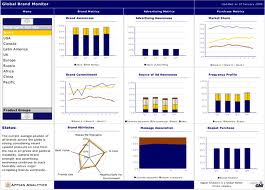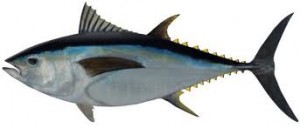Some Assembly Required.
Biophilia is the name of a just released Bjork art project. An album available only on the iPad, this, by some accounts, is the first consumer controlled piece of music released to the world. Though it will take some arrows and may not be a world class compilation of music, it’s what excites me about technology. One plus one does sometimes equal 3.
Much will be written about the new album, but one thing that is undeniable is it breaks new ground.
I recently worked on a project in the contemporary art world and Bjork’s project inspires me to wonder if consumer controlled paintings and mash-ups might be in our iPad or online future? Any person who ever took an art class in college and created a painting knows it is not easy. Though, with the ability to copy and paste art elements from photos, online galleries and stock images together on a screen and create a print or canvases – that’s some cool. No more pictures of cats next to fruit bowls in the dining room.
Consumer created content is part of the web’s DNA. Art appreciation is part of human DNA. New doors open every day and the doors that open to the art and music world are richer than most. Peace.




